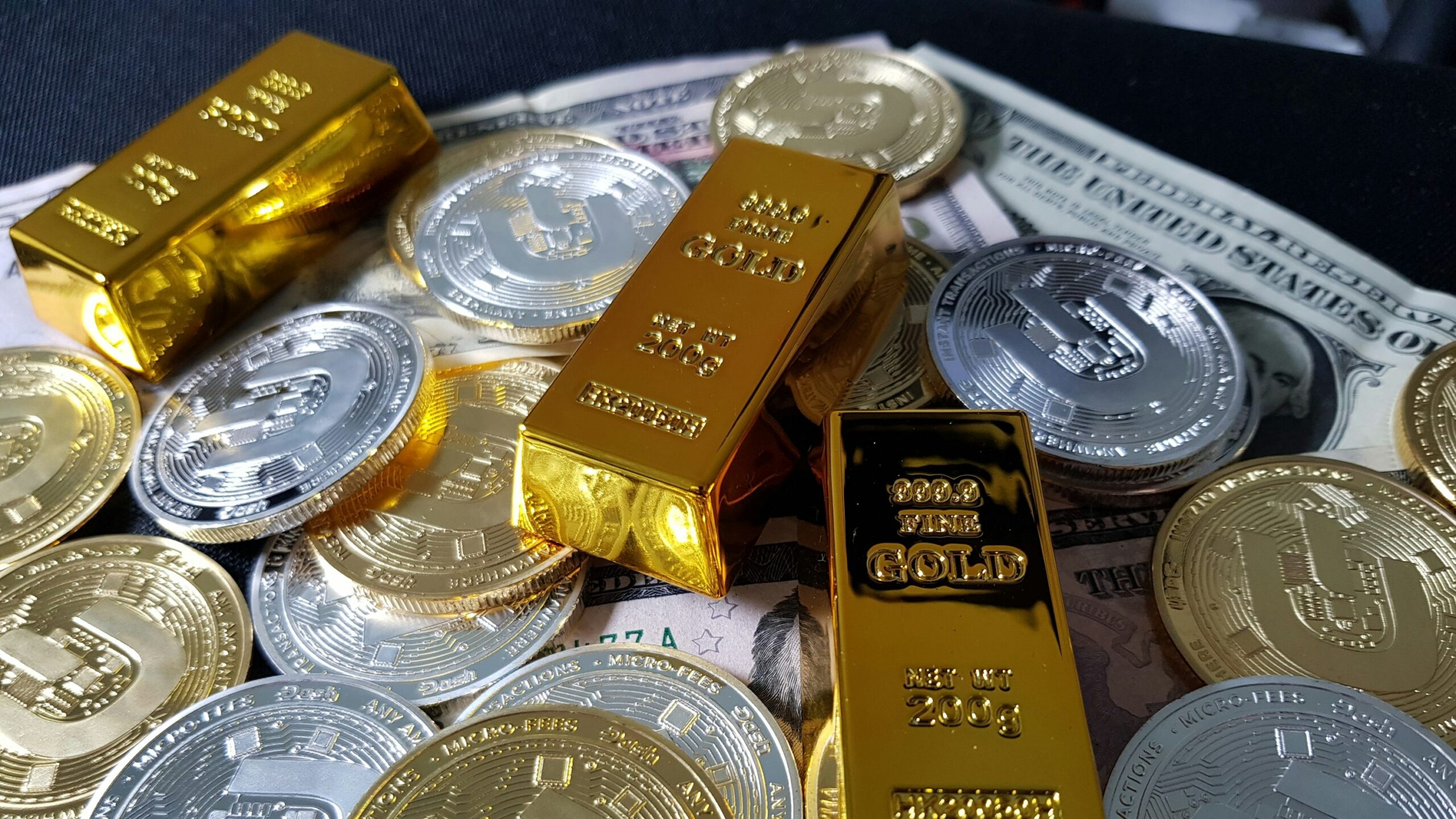Pressured by a stronger dollar and higher Treasury yields, gold reversed direction and fell below the important $2,000 per ounce threshold as investors searched for clues as to whether the market will witness a “one and done” rate hike by the U.S. Federal Reserve in May. After climbing as high as 0.6 percent earlier in the session, spot gold was down by 0.6% at $1,990.58 per ounce. U.S. gold futures decreased by 0.6% to $2,003.”I wouldn’t be surprised to see gold hit a new record high in the coming weeks,” Wyckoff added.
The trend for gold is still upward. Carlo Alberto De Casa, the external analyst at Kinesis Money, called the $1,980-$2,000 area a promising support zone for bullion. Before going into a blackout period starting on April 22 ahead of the Fed’s May 23 meeting, investors will be concentrating on the Fed officials’ remarks this week. Spot silver prices dropped 1.2 percent to $25.03 per ounce, platinum prices rose 0.5 percent to $1,050.14, and palladium prices increased 2.8 percent to $1,544.81.
While investors watched Chinese economic data for indications of a resurgence in demand in the second-largest oil consumer in the world, crude oil prices nudged up marginally on the back of OPEC+’s promises to cut more output. Brent crude futures edged up 6 cents to $86.37 per barrel, while U.S. West Texas Intermediate crude rose 3 cents to $82.55 per barrel.
After the International Energy Agency (IEA) predicted record demand in 2023 of 101.9 million barrels per day (bpd), up 2 million bpd from last year, both contracts recorded their fourth weekly gains last week, the longest such streak since mid-2022. However, the IEA said in its monthly report that the output reductions planned by OPEC+ countries ran the danger of worsening the anticipated oil supply deficit in the second half of the year, which may harm consumers and global economic recovery.

